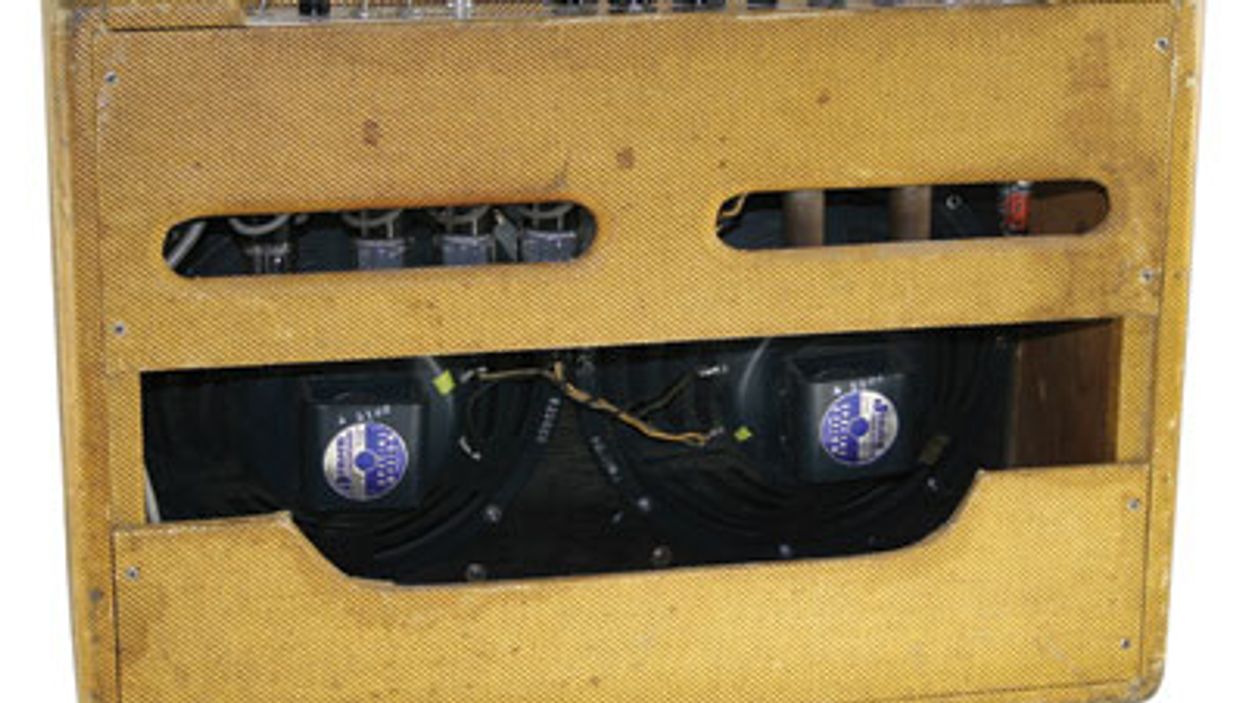Search
Latest Stories
Start your day right!
Get latest updates and insights delivered to your inbox.
fender-amp-decade-twin-speakers-widepanel-practice-micing-rock-musicians-pa-system-stratocaster-space-plug-watts
Don’t Miss Out
Get the latest updates and insights delivered to your inbox.
Recent
load more
